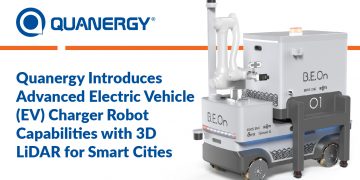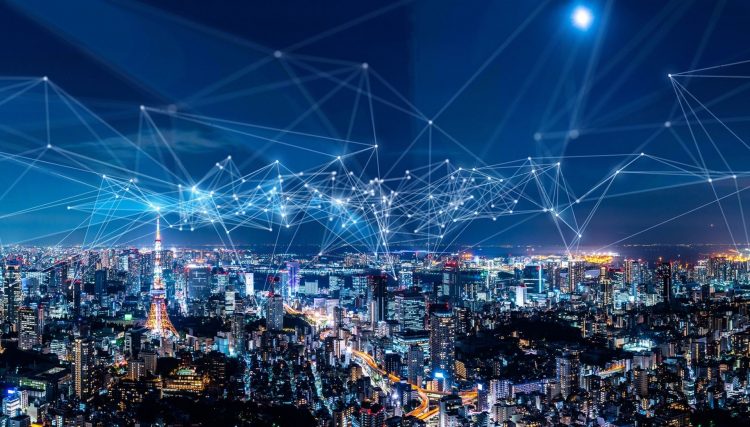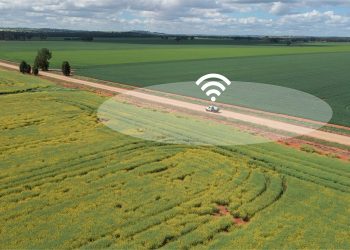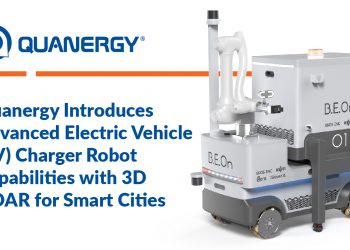Smart homes are already quite common in many regions of the world, and soon it will become the standard for everyone regardless of socio-economic status. It is an inevitable societal and technological change that shows no signs of stopping. Which is why it is no surprise that with the existence of smart homes, the idea of the smart city will take shape.
How could it not happen? In today’s world even utility appliances like dishwashers and refrigerators are “smart” and connected to the IoT, able to be controlled by assistant systems like Google Assistant or Alexa by Amazon. A smart city is simply a grander scale of this smart home idea, which aims to make the urban sprawl much safer and more efficient.
To do this, data from the different critical sectors of a city, like traffic, public transport systems, energy and water, and so on, have to be collected, processed, and turned into information. It is this information output that automated systems can then use to make adjustments to a city’s numerous utilities.
The answer to make this possible could be the Internet of Things, or IoT. The IoT’s capability of allowing different objects and devices to connect and communicate with one another and engage in “smart” interactions is what could make smart cities much more feasible and doable.
An IoT system in a large city will generate much needed data that can be processed to find opportunities for improvement or problem areas that need to be addressed, and can quickly allocate the proper resources and personnel needed with little to no human intervention.
One current example of a city adopting smart technologies is Barceolna, which with its fiber optic network that gives the city’s residents high-speed Wi-Fi connectivity, IoT systems implementation has been made possible. The city has already saved €75 million by having smart utilities in place, such as automated water management, lighting controls, and parking efficiency systems. Not only that, the city also created nearly 50,000 new jobs, all aimed at improving the smart technology systems that the city has in place.
Other cities have started following suit, such as Amsterdam’s IoT-based traffic flow and energy systems, Boston and Baltimore’s smart trash management systems, and more. However, there are also things that need to be concerned about and addressed moving forward.
As with any device connected to a network or the internet, security is a top concern. Having major infrastructures connected to an IoT system can also open it to cybersecurity threats from people and groups with malicious intentions. And the cybersecurity of these infrastructures is a whole new frontier, one that cannot be simply protected by armed guards with various weaponry.
The threat is very real. An example of which is when South Korean and Indian power plant designs were stolen by North Korean hackers taking advantage of software backdoors and vulnerabilities, combined with phishing methods. Now imagine an equally malicious group suddenly turning power off in a major economic center like New York or London. It could cost their respective countries billions in damage.
Many experts believe that a major industrial and technological shift has to happen in order to ensure that smart cities employ IoT systems that are fully secure and protected. From the minor devices used and connected to the software that the infrastructures are using, everything must be designed with IoT security and safety in mind. Otherwise, the risks will compound higher and higher, and with 5G looming over the horizon, the problems could spiral out of control.
Smart cities are inevitable and it’s only a matter of time before we see all cities adopt this idea.

for developers and enthusiasts







